Everyone has moments of creativity that inspire unique project ideas, but finding the right inspiration consistently can feel overwhelming. Whether you’re a student brainstorming for a class project or a professional seeking fresh ideas for work, this guide offers a roadmap to unlock your creative potential. From understanding the essence of inspiration in creativity to exploring real-world examples and discovering the best resources, we’ll walk you through everything you need to know to fuel your creative journey. By mastering the art of finding inspiration and turning it into actionable plans, you’ll unlock a world of possibilities for your next project. Let’s dive into the ultimate guide to creative inspiration and how it can transform your ideas into reality.
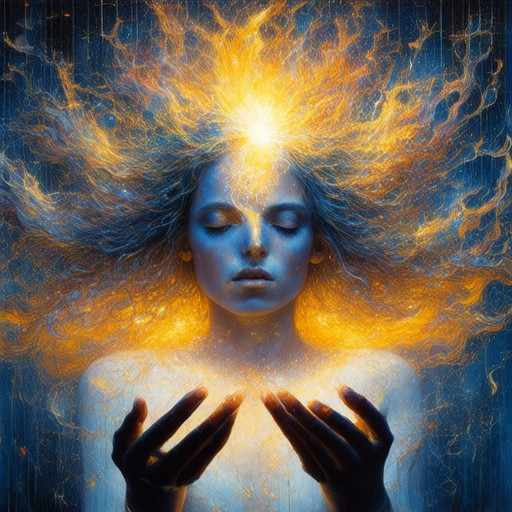
What Are Creative Inspiration Examples?
Creative inspiration is the spark that ignites the fire of innovation, transforming ordinary ideas into extraordinary concepts. It can strike at any moment, often when least expected, and can stem from a variety of sources.
Examples of Creative Inspiration
- Nature and Scenery: The beauty of a sunset, the tranquility of a forest, or the vibrant colors of a flower can inspire artists and creators to capture the essence of their surroundings. For instance, the serene landscapes featured on Artful Journey’s nature inspiration guides remind us of the endless possibilities in the natural world.
- Music and Sound: The rhythm of a melody, the harmony of a chord, or the silence between notes can evoke emotions that translate into creative expressions. Composers and musicians often draw inspiration from unique soundscapes to craft timeless works of art.
- Historical Figures and Icons: The legacy of iconic personalities like Einstein or Van Gogh continues to inspire modern creators. Their stories and achievements challenge us to push boundaries, as explored in this insightful article .
- Personal Experiences and Memories: A childhood memory, a cherished moment, or even a simple conversation can reignite creativity. These personal anecdotes often serve as a wellspring of ideas, as discussed in this guide .
- Cultural Events and Traditions: Festivals, holidays, and rituals offer rich tapestries of color, customs, and stories that inspire creative expression. The vibrant celebrations highlighted in this feature showcase the global mosaic of human ingenuity.
By exploring these avenues, we unlock the power of creative inspiration, transforming it into a tool for personal growth and artistic expression. Whether through nature, music, history, or personal memories, inspiration is a constant companion on the journey of creation.
How Do You Find Creative Inspiration?
Finding creative inspiration can be a challenging yet rewarding process. Here are some effective strategies to unlock your creativity:
- Explore Diverse Sources : Look beyond your immediate field. Visit museums, watch films, read books, and explore various art forms. This broad exposure can spark ideas from unexpected places.
- Engage with Communities : Join online forums, social media groups, or local art communities. Interaction with diverse perspectives can inspire fresh viewpoints and ideas.
- Experiment with New Techniques : Try different mediums or styles. Sometimes, stepping outside your comfort zone can lead to exciting discoveries.
- Set Loose Goals : Don’t fixate on specific outcomes. Allow yourself to explore without pressure, which often leads to more spontaneous and innovative ideas.
- Reflect on Challenges : Analyze problems you’ve faced and think about how others have solved similar issues. This reflection can provide creative solutions.
- Use Tools and Resources : Leverage digital tools like art supplies websites, tutorials, and inspiration platforms to find fresh ideas and techniques.
- Stay Curious and Open-Minded : Keep asking questions and remain open to new experiences. Curiosity fuels creativity.
- Take Regular Breaks : Allow your mind to wander during breaks or while engaging in simple activities like walking. This mental downtime can foster creativity.
- Collaborate with Others : Partner with fellow creatives to brainstorm and explore shared ideas. Collaboration often leads to innovative outcomes.
- Document Your Process : Keep a journal or sketchbook to track your thoughts and experiments. Reviewing your work over time can reveal patterns and growth.
By embracing these strategies, you can unlock your creative potential and find inspiration in everyday moments. Remember, creativity is a journey, and every step forward is a victory.
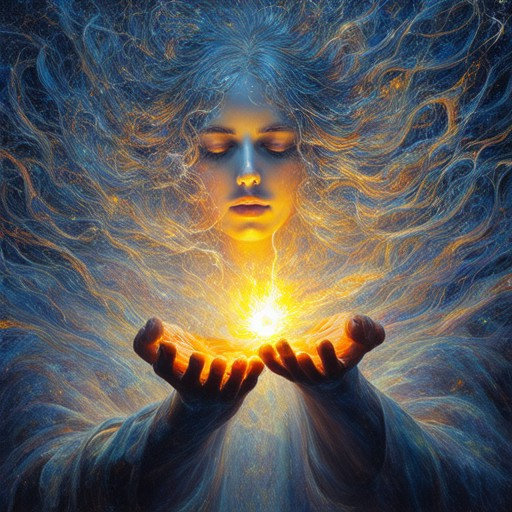
What Should I Do for a Creative Project?
Exploring creative projects can be an exciting journey, offering a chance to express yourself and develop new skills. Here are some structured ideas to guide you:
- Writing Projects: – Short Stories: Write a series of interconnected short stories to craft a larger narrative. – Blog: Start a personal blog to document your thoughts, experiences, and creative processes.
- Art and Design Projects: – Webcomics: Combine writing and art by creating a webcomic, utilizing online platforms for sharing. – Illustration: Develop a portfolio of illustrations that tell stories or depict your vision.
- Digital Projects: – YouTube Channel: Document your creative journey through vlogs and tutorials, learning video editing along the way. – Online Courses: Enroll in courses to enhance your skills, such as digital art or photography.
- Collaborative Projects: – Group Art Pieces: Work with friends or online communities to create collaborative art, fostering teamwork and creativity.
- Personal Challenges: – Daily Creativity: Commit to daily creative activities, like writing a poem or drawing, to build consistency.
- Cooking and Food Projects: – Food Blog: Share your culinary creations and cooking processes through a food blog, incorporating personal anecdotes.
- Musical Projects: – Guitar Playing: Expand your musical skills by learning new songs or composing your own pieces.
- Scrapbooking: – Create a scrapbook to collect and organize your memories, artwork, and other meaningful items.
- Community Engagement: – Join online communities on platforms like Reddit or specialized forums to gain support and feedback.
- Professional Development: – Align your project with career goals, seeking opportunities for mentorship and professional growth.
- Multi-Media Projects: – Blend different mediums, such as combining illustration with storytelling in a comic or creating a mixed-media art piece.
- Audience Interaction: – Share your project publicly on social media or a blog to engage with an audience, inviting feedback and motivation.
- Evaluation and Adjustment: – Regularly assess your progress, adjusting strategies based on what works and what doesn’t, while celebrating achievements.
Combining writing and art into a webcomic offers a fulfilling project that leverages your storytelling and artistic skills. Consider enrolling in an online course to refine your techniques and share your work on platforms like WordPress or Tumblr. This approach not only allows you to express creatively but also connects you with a community of fellow creators, enriching your journey.
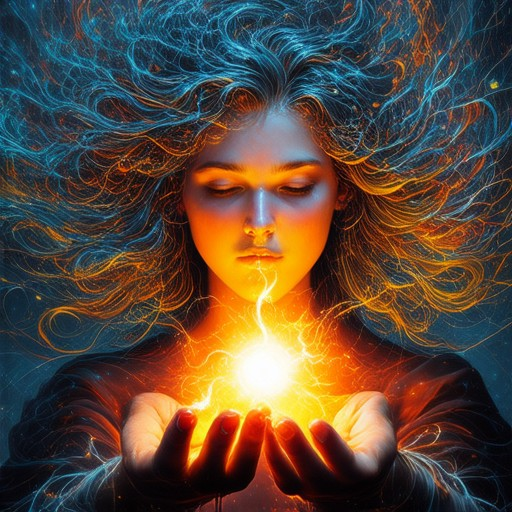
What is Inspiration in Creativity?
Inspiration in creativity is a phenomenon that drives individuals to develop unique ideas, solutions, or works of art. It is often described as a sudden insight or spark that provides direction to someone’s creative process. Inspiration can stem from various sources, including personal experiences, observations of the world around us, or the influence of others’ work.
Sources of Inspiration
- Nature and Environment : Many creators find inspiration in the natural world. The beauty of landscapes, the patterns in organic shapes, and the colors of the seasons can ignite creative ideas.
- Personal Experiences : Life events, memories, or emotions can serve as catalysts for creativity. Reflecting on past experiences often leads to fresh perspectives and innovative concepts.
- Art and Culture : Exploring different cultures, art movements, and historical periods can expose creators to new ideas and styles, inspiring them to create something unique.
The Role of Inspiration in Creativity
Inspiration plays a crucial role in driving creativity. It helps creators overcome creative blocks and explore new territories. Without inspiration, many might struggle to generate ideas, but it acts as a motivator to push boundaries and experiment.
How to Cultivate Inspiration
- Explore Diverse Perspectives : Engage with different cultures, beliefs, and ways of thinking to broaden your horizons.
- Practice Mindfulness : Pay attention to your surroundings and notice details that might spark creativity.
- Experiment and Iterate : Don’t fear failure; view it as a step toward success. Embrace the iterative process to refine your ideas.
Competitors and Resources
While there are many resources available to help inspire creativity, it’s important to choose tools and platforms that align with your goals. Some popular options include:
- Creative Tools : Platforms like Adobe Creative Cloud offer a variety of tools for designing and creating.
- Creative Communities : Join forums and groups like those on Procreate to connect with fellow creatives and share ideas.
At Artful Journey, we believe in fostering a community where artists can thrive. Explore our inspiration blog and artist gallery to discover new techniques and gain motivation for your own creative projects.
What Are Inspiration Examples?
Inspiration refers to the process of being motivated or stimulated to create something new, innovative, or meaningful. It can come from various sources such as personal experiences, observations of the world around us, or the influence of others. Below are examples of inspiration in different contexts:
- Artistic Inspiration: Artists often find inspiration in nature, history, or everyday life. For instance, a painter might be inspired by the colors of a sunset or the textures of an old building.
- Personal Inspiration: People can be inspired by their own goals, memories, or aspirations. For example, someone might decide to start learning a new language due to a desire for personal growth.
- Professional Inspiration: In a work setting, inspiration might come from colleagues, clients, or industry trends. A marketing professional might be inspired by a successful campaign they saw online.
Some common sources of inspiration include:
- Nature: The beauty of a mountain, the sound of a river, or the bloom of a flower can be powerful sources of inspiration.
- Culture: Learning about different cultures and their traditions can spark ideas for creative projects or personal development.
- Technology: Innovations in technology, such as advancements in artificial intelligence, can inspire new ways of approaching problems in various fields.
Competitors often use platforms like Pinterest and YouTube to showcase their inspiration boards and video tutorials. These platforms allow users to explore a wide range of ideas and get inspired by what others are doing.
To find inspiration, consider exploring these resources:
- Artful Journey: Our website offers a wealth of articles, tutorials, and insights to help you discover your creative potential. From painting techniques to design ideas, we have something for every artist.
- Artist Communities: Join forums or groups where artists share their work and discuss inspiration. Platforms like DeviantArt and Reddit are great places to connect with fellow creators.
- Books and Magazines: Reading books on creativity or browsing through inspirational magazines can provide fresh ideas and motivation.
Remember, inspiration is a continuous journey. The more you explore and engage with the world around you, the more ideas you’ll encounter. Start today by visiting our site and discovering new ways to fuel your creativity!
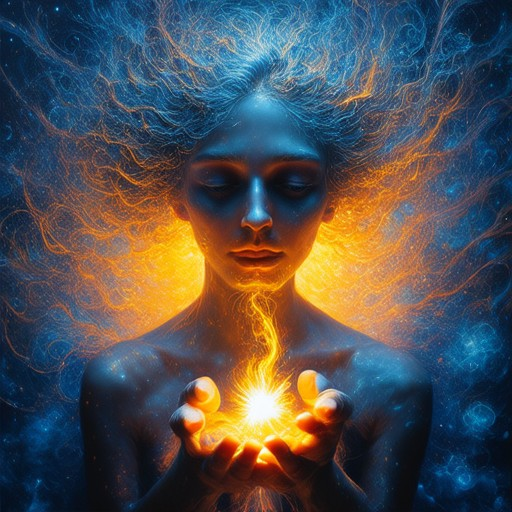
What Inspires Creativity?
Creativity is a dynamic process that draws from a multitude of sources. Here are some key elements that often spark creativity:
- Nature : The beauty of the outdoors, patterns in nature, and seasonal changes often provide fresh perspectives and ideas.
- Travel : Exploring new environments and cultures can open up your eyes to different ways of thinking and problem-solving.
- Art and Culture : Immersing yourself in art, music, literature, and historical contexts can inspire innovative thinking and creative expression.
- Music and Sound : Listening to diverse genres and rhythms can stimulate creativity by engaging different parts of the brain.
- Personal Experiences : Reflecting on past successes, failures, and unique moments can offer rich material for creative expression.
- Curiosity and Exploration : Asking questions, seeking answers, and exploring new topics can spark curiosity and drive creative solutions.
- Collaboration : Working with others from different backgrounds can expose you to new ideas and approaches, fostering creativity.
- Reflection and Mindfulness : Taking time to reflect, meditate, or simply relax can clear mental clutter and allow for clearer creative thoughts.
By embracing these elements, you can unlock your creative potential and find endless sources of inspiration. Whether it’s through exploration, learning, or self-reflection, creativity thrives when you open yourself up to new experiences and perspectives.
For more tips on nurturing your creative journey, explore our Artful Journey resources and guides designed to inspire and support your artistic growth.
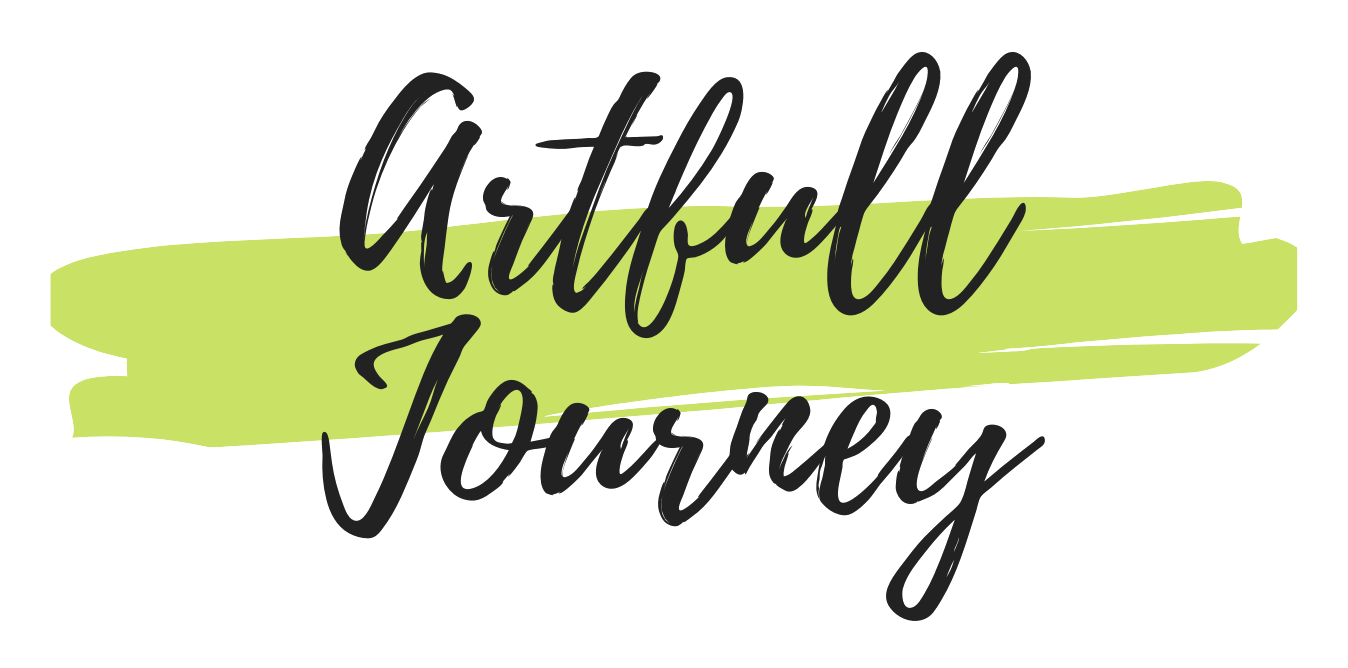



0 Comments